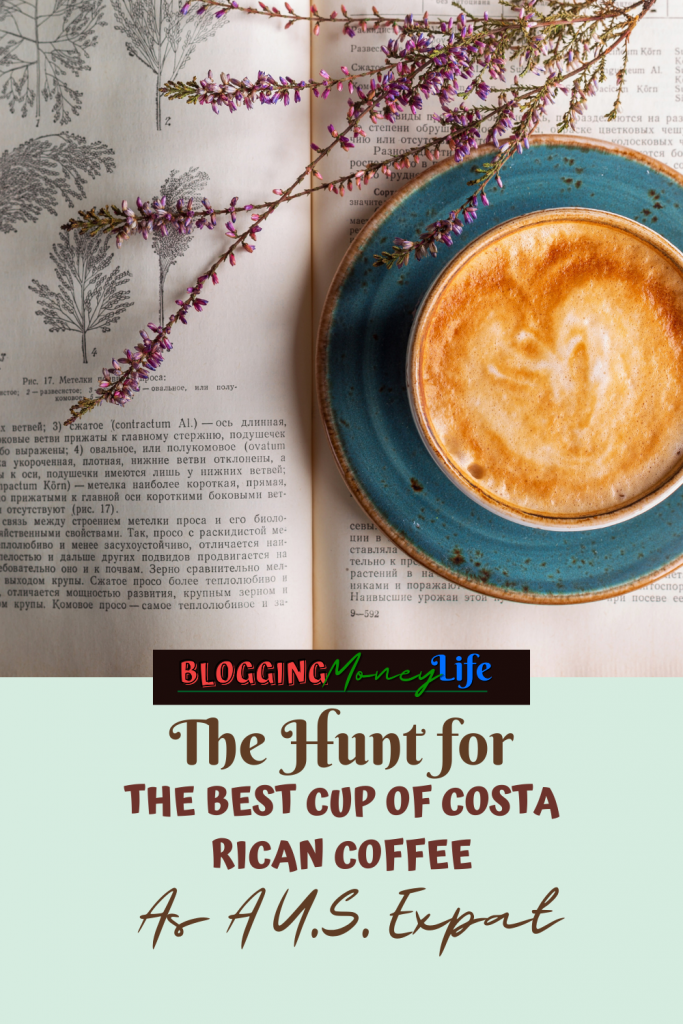The Hunt for the Best Cup of Costa Rican Coffee As A U.S. Expat

In the early 2020s, my husband, Chris, and I decided to leave the United States and move to Costa Rica for good. It took quite some time, about a year, but we finally managed to do it!
Since then, we have been on many fun and new adventures–from crossing the Arenal Hanging Bridges in Mistico Park to becoming new parents!
And now that we have settled down in a beautiful home in Escazu, our focus has been on assimilating better with the people and culture here. We’ve been working on our Spanish, which you can check out here.
But something was missing, and I could not quite put my finger on it. That is until we had our baby and slept a lot less. Which meant we had to find a coffee shop sooner than later.
And to our surprise, some of the world’s best coffee is made from Costa Rican coffee beans! Once we realized this, the hunt officially began for delicious coffee in a local coffee shop.
How Do We Take Our Coffee?
I will let you all in on a secret—we were huge Starbucks people before moving to Costa Rica. Not necessarily because we loved the coffee itself. It was convenient and kept us up and running on our busiest work days.
And nothing could beat a nice iced caramel coffee to start off a busy day! But now that we live in Costa Rica, we have realized that the propaganda of Starbucks was serious.
We have heard over and over that the coffee in Costa Rica barely requires any cream, milk, or sugar because it is so tasty.
So the first step was to figure out what kind of coffee we even liked.

Time to Research!
I have to be honest. The coffee industry is huge, and the amount of information that is readily available is extremely overwhelming. I should have known what I was in for, considering the coffee aisle in any grocery store is filled to the brim with all types of coffee in their various roasts.
Anyone new to the coffee industry but knows a bit about wine, like me, should be able to easily comprehend the intricacies of making the perfect cup of Costa Rican coffee.
Apparently, like wine, coffee can have unique flavors and even richer flavors which can depend on a few key things:
The Altitude In Which the Coffee Plants Grow
With higher altitudes, the flavor of the coffee tends to be more complex and of higher quality. This is because the temperature and water are much different in high altitudes than in low altitudes.
The Climate
As with the altitude, the flavor differs with the climate. A tropical climate provides nutrient-rich soil, the perfect amount of hydration, and sunlight for high-quality coffee.
The Type of Coffee
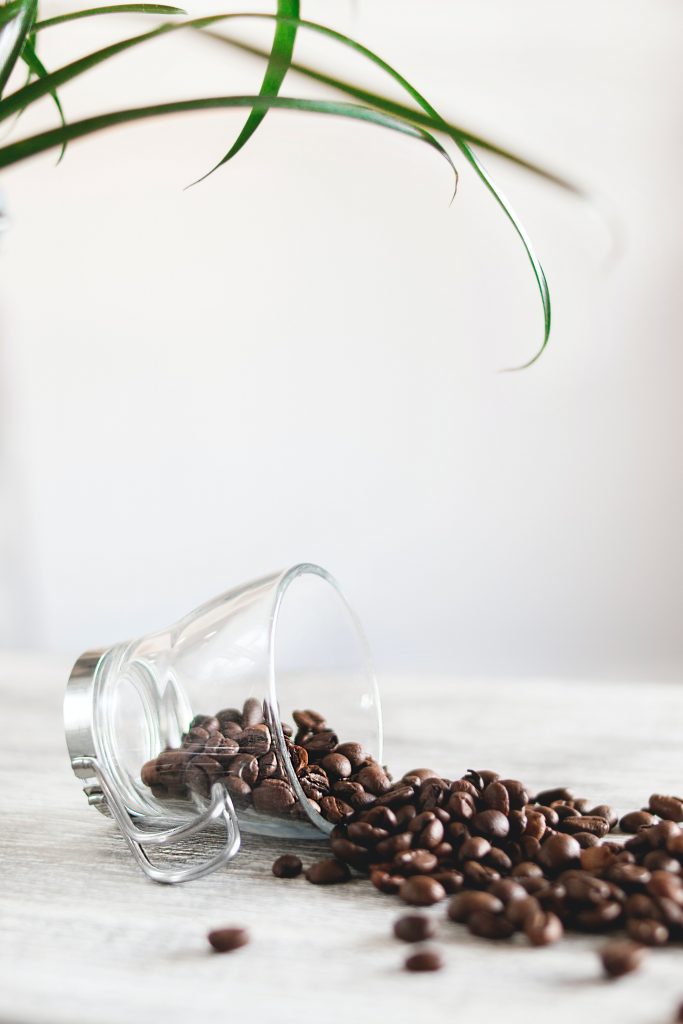
There are four main types of coffee beans; Arabica Beans, Robusta Beans, Excelsa Beans, and Liberica Beans.
#1: Arabica Beans
These are the most popular and well-known types of coffee beans. They are also the highest quality coffee beans. This is because they are often grown at a high altitude. They are known for their rich aroma.
#2: Robusta Beans
These are the second most popular types of coffee beans. This is probably due to them being cheaper in price and containing double the amount of caffeine compared to Arabica beans. They also go best with milk and sugar!
#3: Excelsa Beans
These beans are very hard to find. However, they are enjoyed mostly in Asia and Africa because that is where they are grown best. Unfortunately, though, they are very low in caffeine.
#4: Liberica Beans
These beans are even harder to get a hold of than Excelsa Beans! They stand out because of their large size and irregular shape! They are also known for their mixed aroma that has hints of smoky, fruity, and floral smells.
How Much the Beans Were Roasted
Like the different types of coffee beans, the flavor of your coffee also depends on how high the internal temperature of the beans is during the roasting process.
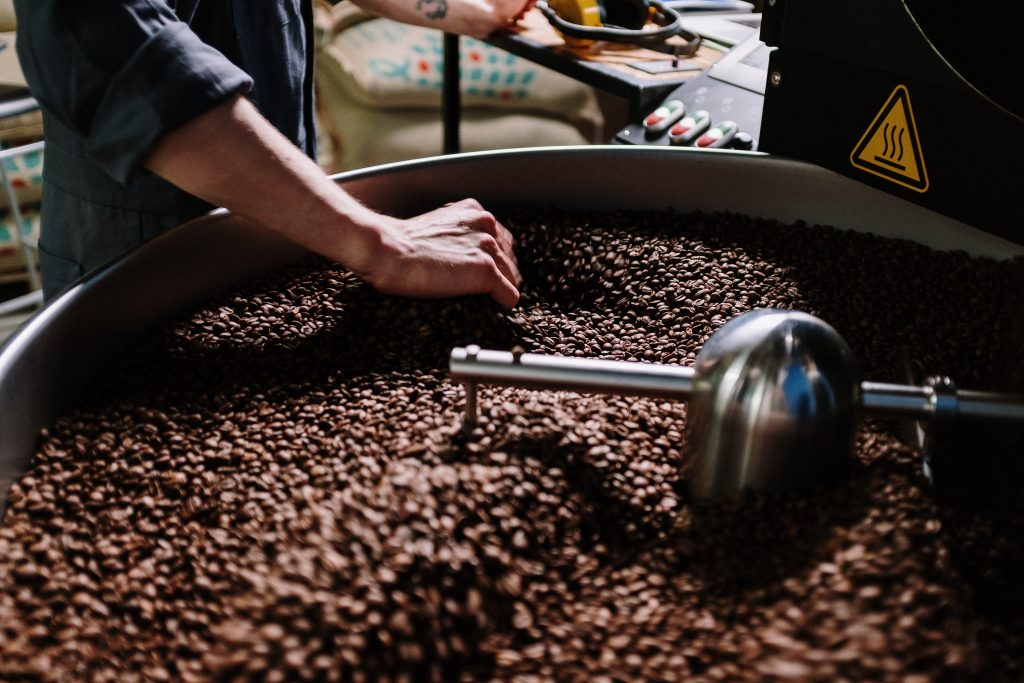
Once the beans are separated from the coffee cherries, the beans go into an oven and are roasted in one of the four ways:
#1: Light Roast
This is when the coffee beans are roasted for the least amount of time. The internal temperature only reaches between 356°-401°F. And even though the name is “light,” this roast allows for the beans to have the most caffeine and the most acidity.
#2: Medium Roast
The medium roast reaches an internal temperature of 410°-428°F. This type of roast has more “body” and less acidity than the light roast.
#3: Medium/Dark Roast
This is the in-between roast. It reaches an internal temperature of 437°-446°F. It has a richer and fuller flavor while having less “body” and less acidity than both the medium roast and light roast.
#4: Dark Roast
Roasted the most, the beans can reach an internal temperature of 464°-482°F. Due to this, it has sweeter flavors while also having the richest flavors and being fully “bodied.” It also has the least amount of acidity and the least amount of caffeine.
This was the bulk of my coffee research. Looking over it all, I figured that Chris and I would probably like light to medium-roasted Arabian coffee.
Arabian coffee beans specifically because they are the only type of coffee beans that are grown in Costa Rica. A fun fact that I learned during my research, but we will get to that in just a few moments.
With all that being said, Arabian coffee should be easy to find, affordable, taste good, and, most importantly, keep us awake throughout the day!
It Is Time to Begin the Hunt!
With all of this new information under my belt, the hunt officially began to find our ideal coffee made with Costa Rican beans. One of the main things that I found out was that there is a rich Costa Rican coffee culture!
And for a good reason, too. Costa Rica is known for its delicious coffee, but it did not just happen that way. With a lot of effort and hard work, Costa Rica coffee is world-renowned.
It’s the Law!
In 1989, the Costa Rican government prohibited the growth of any other coffee bean other than the Arabica. As my research above mentioned, it is the highest quality bean there is, and Costa Rica wanted to encourage nothing but the best from the coffee production industry.
Costa Rica’s Climate & Location
The two major seasons of Costa Rica are the dry season and the wet season. Both of which are perfect conditions for growing the best coffee beans.
And do not forget that the high altitudes of the mountainous regions allow for the best beans to also be grown. The volcanos also have a hand in creating the perfect environment for Costa Rican coffee farmers.
Volcanic ash is mixed in with the already fertile soil, which can help bring more oxygen to the coffee plants’ roots. Which grows into an even more rich and more flavourful kind of coffee.
And that is not all! Costa Rica has eight regions that grow Arabica coffee beans, and they all have distinct flavors. One that sticks out amongst the rest is the Valle Occidental because of the beans’ subtle taste of peaches and apricots!
And do not fret about the environment. Costa Rica is dedicated to protecting the land. In fact, they passed laws that protect at least 21% of the land. They are ethical growers and appreciate their beautiful country.
Stop #1: Britt Café Bakery (Escazu)
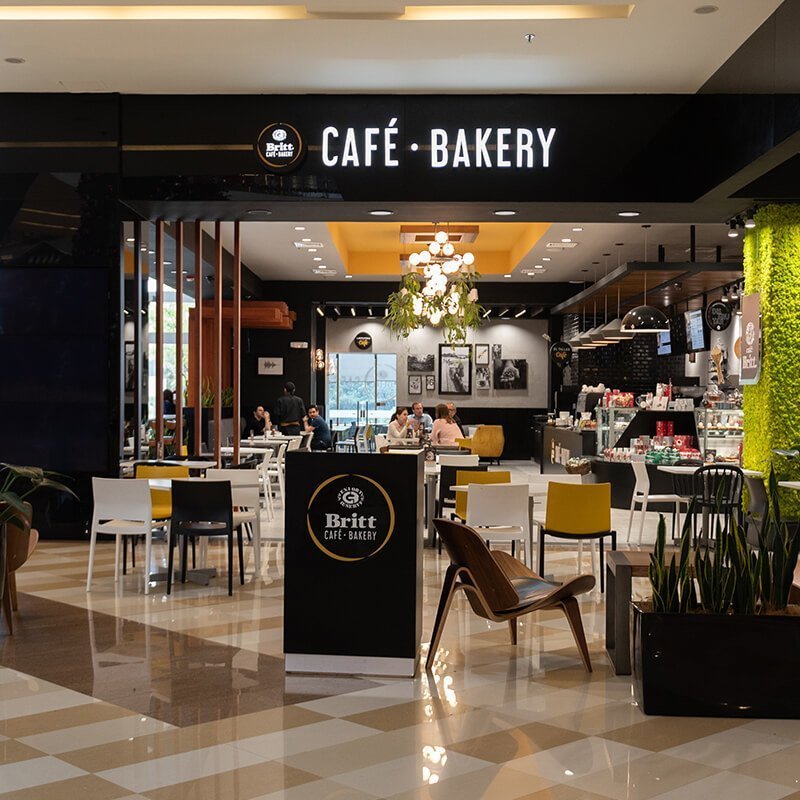
This little cafe was cozy, relaxed, and clean! While researching the multiple Costa Rican coffee brands and shops, this Britt Café popped up quite a lot, so I was excited to try their coffee.
According to their webpage, Britt coffee is handpicked. This is what truly makes their coffee gourmet! They refuse to rush the process of making a perfect cup of coffee, and you can tell by its taste.
Each bean, they say, is unique, and every single bean is full of potential. They wait for the beans to fully mature before they are picked from the plant.
You can even try this coffee at home! You can check out their website here! Their bags go for around $10 a bag.
I really loved this coffee and the shop itself! It would be a great place to sit, enjoy my coffee, and even do light work on my laptop.
The only downside to this cafe, in particular, is that it does not open until 10 am. It is pretty late for me to get my first cup of coffee for the day, but at least I can buy a bag and make it home!
Stop #2: Buena Tierra Buen Café y Abarrotes
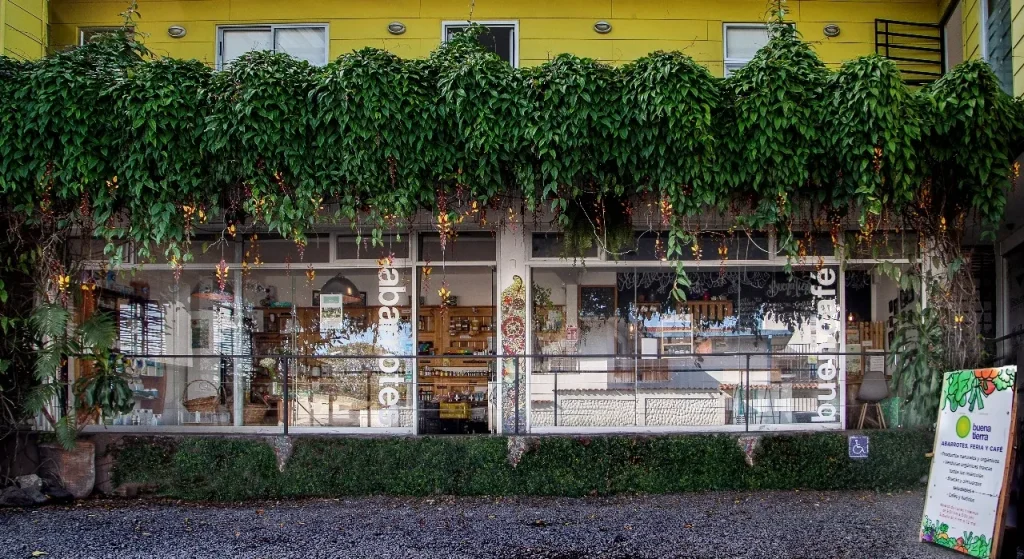
I loved this shop! Not only does it have its own cafe, but it is also a natural grocery store! Something that Chris and I love about Costa Rica is that everyone takes the protection and care of their environment seriously, just as we do.
They buy all of their produce locally, and there is even a webpage for you to get to know them!
They open at 9 am, which is still a bit late, but not as late as 10 am, as the cafe above. So I am counting this as a plus!
The cafe itself has a large menu, and the prices are great! Their regular dripped coffee is only 1500 colones (which is about $2.37). The most expensive drink that they carry is a green detox smoothie for 2500 colones (about $3.94).
Their food is as varied as their drinks. And the most expensive was a pita sandwich which cost a whopping 4500 colones ($7.10). Honestly, the amount of money that Starbucks charges for a single drink are literally outrageous when you compare the two.
Stop #3: Mocapán

A German bakery, deli, and coffee shop all in one, Mocapán is a simple yet decadent place for a light meal. The ingredients are simple, with zero additives, dyes, or preservatives. Everything was fresh and yummy!
Their coffee comes strictly from a small local farm in Tarrazú, according to their webpage. Tarrazú coffee beans are known for their intense aroma and their bright acidity. This is because the region is within the mountains of Costa Rica, with an average elevation of 1600 meters (about a mile) above sea level.
Their prices are pretty much on par with the other bakeries that we have tried. But they are the most expensive of the three cafes, with their most expensive item being 6,900 colones (about $10) for a burger.
This is probably the best time to mention that their Caprese sandwich was beyond delicious, and it is vegan! At 4,200 (a bit over $6.50) colones, it was totally worth it!
Unfortunately, I forgot to write down a few of the prices for the different cups of coffee that were offered there, but they were about the same price as the other two bakeries I had previously visited.
The best part about this shop is that it opens at 7 am! Definitely, the winner when it comes to that! They also have gorgeous terraces and green areas for the little ones to run around while their parents relax for a bit.
Conclusion
When we first decided to start our research about finding the best coffee in Escazu, we inadvertently learned a ton about Costa Rica’s admirable coffee industry. I never realized how much a single plant can make such a huge impact without us ever really knowing it.
This makes me think that there are many more industries that we do not even think about and that there have even been laws passed to keep things pure. Maybe I should do a deep dive into something random and see how far this can go!
Chris and I are glad that we found new and local cafes to get our cups of coffee in the mornings (and sometimes in the afternoon) now.
Living in Costa Rica is nothing like we have ever experienced before, and I highly doubt we will ever want to go back. And we have to say it, Starbucks does not even compare to the coffee that is served here. And in the Real Housewives of Atlanta, NeNe Leakes stated, “I said what I said.”
Have you ever tried Costa Rican coffee before? I know for sure what my family will be getting every Christmas from now on, that is for sure!
Comment down below to let us know what you think and if you have any coffee shop suggestions that we should try out!



